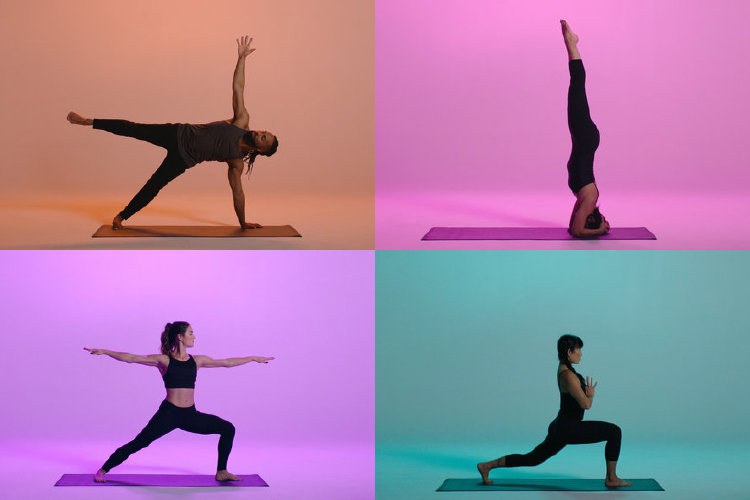Yoga has long been recognized for its ability to improve physical and mental well-being. While it may be known for its benefits for flexibility and relaxation, yoga may also support the development of a stronger neck. A stronger neck plays a significant role in maintaining posture and reducing discomfort, particularly for those experiencing neck pain.
Neck Pain and Muscle Weakness
Neck pain may be associated with weakness in the surrounding muscles. Prolonged poor posture, such as looking down at a phone or sitting for extended periods at a desk, can strain the muscles and lead to discomfort. These habits can result in muscle imbalances, making the neck more susceptible to pain and stiffness.
Yoga focuses on alignment, body awareness, and controlled movements, making it a practical approach to addressing these challenges. By engaging specific muscles during yoga practice, individuals can improve strength and support for the neck area. Strengthening the muscles in the shoulders, upper back, and neck may help reduce strain and discomfort over time.
Yoga Poses That Focus on Neck Support
Yoga incorporates poses that engage and stretch the muscles around the neck. Regular practice of these poses may help foster better posture, flexibility, and overall comfort. Below are examples of poses that can target the neck and surrounding areas:
- Cat-Cow Pose: This sequence involves moving the spine through flexion and extension. It encourages a gentle stretch in the neck and helps align the head with the spine.
- Seated Neck Stretches: These movements involve tilting the head side to side or lowering the chin toward the chest. They stretch the muscles on the sides and back of the neck.
- Sphinx Pose: This prone posture can strengthen the upper back and help relieve tension in the neck and shoulders.
Breathing Techniques to Complement Neck Strengthening
Breathwork, also known as pranayama in yoga practice, complements physical poses by promoting relaxation and mindfulness. Deep, intentional breathing activates the diaphragm, reducing tension in the shoulders and neck. This can be useful for individuals experiencing neck pain linked to stress.
A breathing exercise that may be included in yoga practice is diaphragmatic breathing. During this exercise, inhale deeply through the nose, allowing the belly to expand fully. Then, exhale slowly and completely. Regular practice of this technique may help release physical and mental tension, contributing to a healthier neck.
Awareness of Posture Through Yoga
Postural habits play a role in the development of neck pain. People may unknowingly adopt forward head posture, where the head extends in front of the body, increasing pressure on the neck. Yoga emphasizes posture awareness by encouraging the alignment of the head, neck, and spine.
The practice of mountain pose, or Tadasana, is an example of this. The pose involves standing tall, shoulders relaxed, and ears aligned with the shoulders. Engaging in this pose regularly helps participants become more conscious of their posture throughout the day, potentially reducing strain on the neck.
Regular Practice and Long-Term Benefits
Consistency may be a factor in achieving the benefits of yoga for neck health. Practicing yoga for a few minutes, a few times a week may contribute to increased neck strength and reduced discomfort. These efforts may lead to better posture and a greater sense of comfort during daily activities.
Start Strengthening Your Neck Today
Yoga offers practices that support a stronger neck while focusing on flexibility, posture, and relaxation. For those experiencing neck pain, exploring these yoga techniques may provide relief and promote better alignment. Begin incorporating yoga into your routine and see how these practices can make a difference in your comfort and quality of life.
